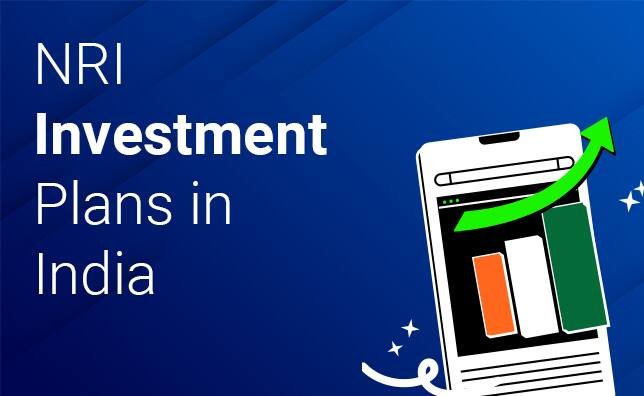May 14, 2025 — New Delhi / Washington D.C.
Tensions escalated sharply this week between two nuclear-armed neighbors — India and Pakistan — after a major terror attack in Kashmir left dozens dead. The incident triggered a series of military strikes and counterattacks that pushed the region to the edge of a wider war.
In response to the deadly attack blamed on Pakistan-based terrorists, India launched a precision air campaign named Operation Sindoor, targeting what it called terrorist infrastructure across the border. Indian defense officials claimed key airbases and militant camps were “neutralized” with minimal civilian harm.
Pakistan retaliated with missile strikes and drone operations targeting Indian military facilities. The rapid military escalation caused international alarm, with fears of a broader conflict or even nuclear exchange.
The United States responded swiftly, urging both nations to step back and engage diplomatically. President Joe Biden and Secretary of State Marco Rubio held emergency calls with leaders in New Delhi and Islamabad, helping broker a temporary ceasefire.
“Peace in South Asia is critical for global stability,” said a White House spokesperson. “We commend both countries for de-escalating.”
Why It Matters to the U.S.
-
Strategic Region: South Asia is vital to U.S. foreign policy, especially with growing tensions involving China.
-
Nuclear Stakes: Both India and Pakistan possess nuclear weapons, making any conflict a global concern.
-
Counterterrorism: The incident renews focus on fighting terrorism and supporting allies combating extremism.
Conclusion:
While a ceasefire is in place, Indian officials describe it as a “pause, not peace.” As tensions linger, the U.S. continues to monitor the situation closely, urging both sides to pursue dialogue over warfare.



